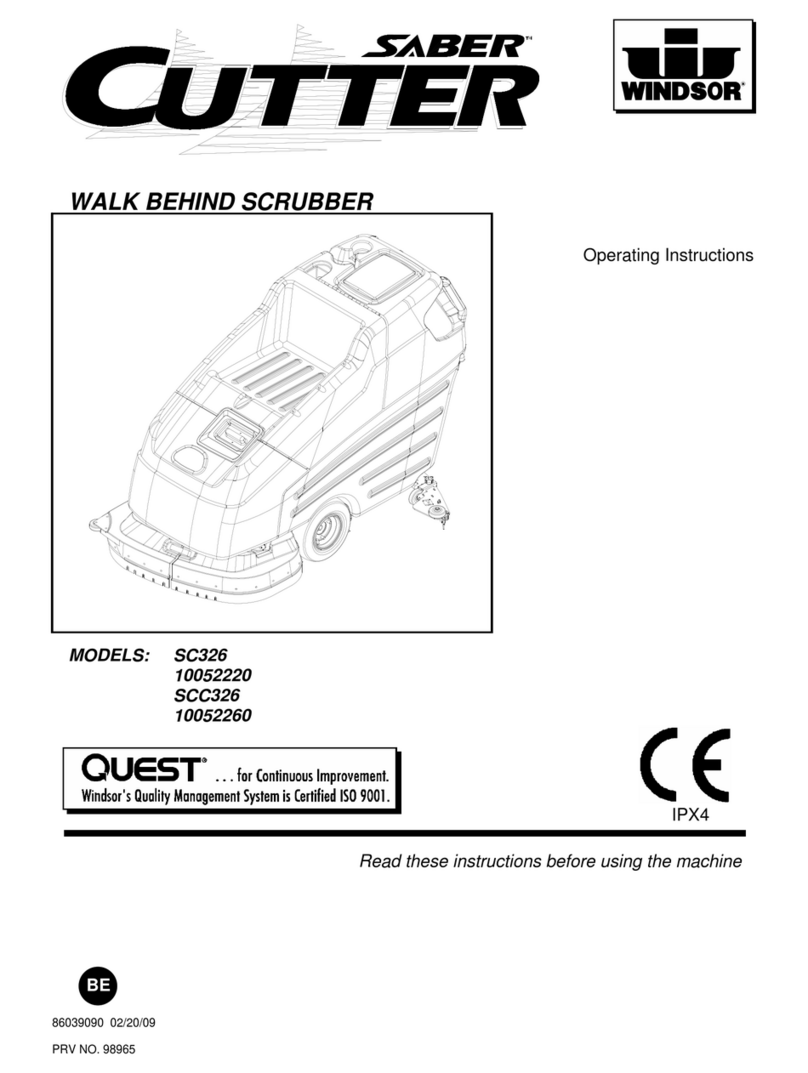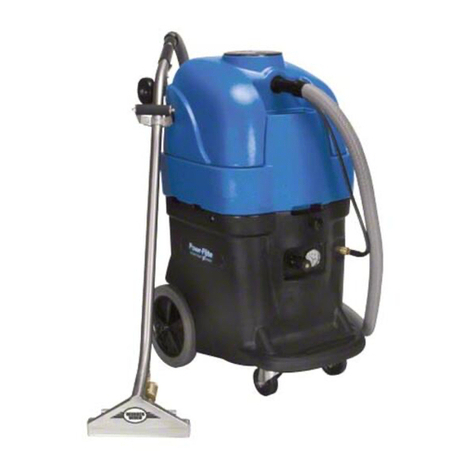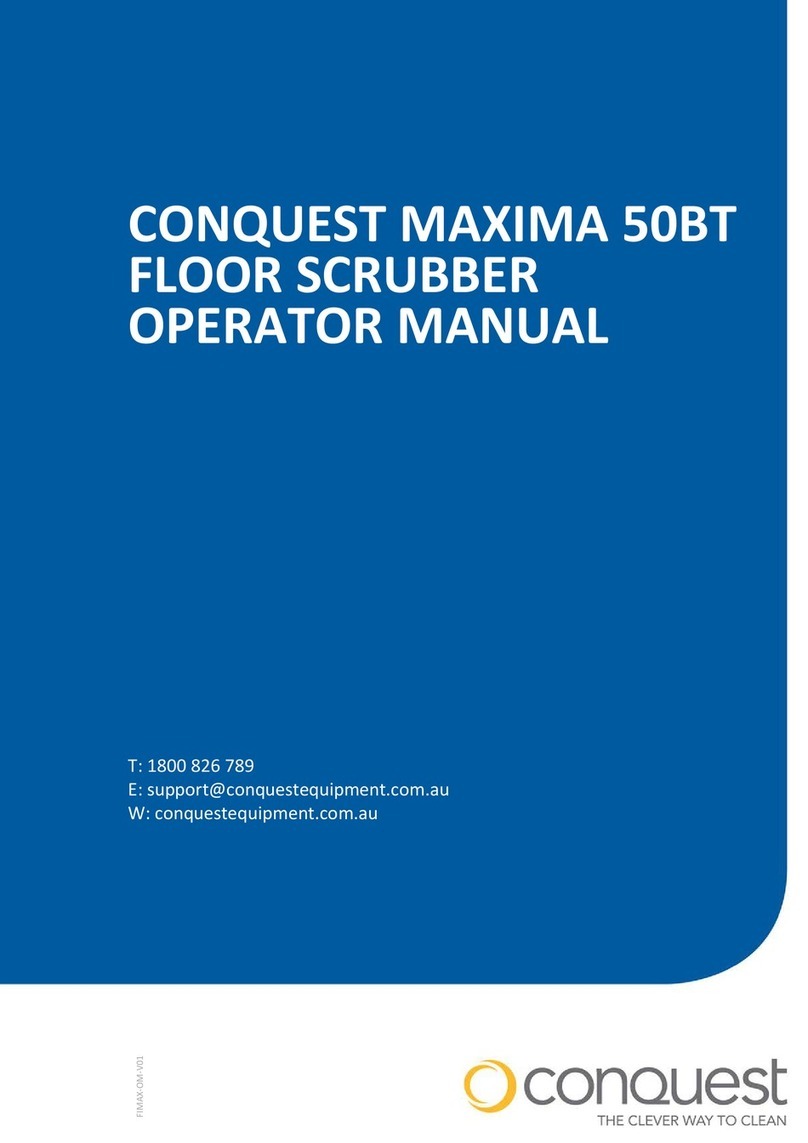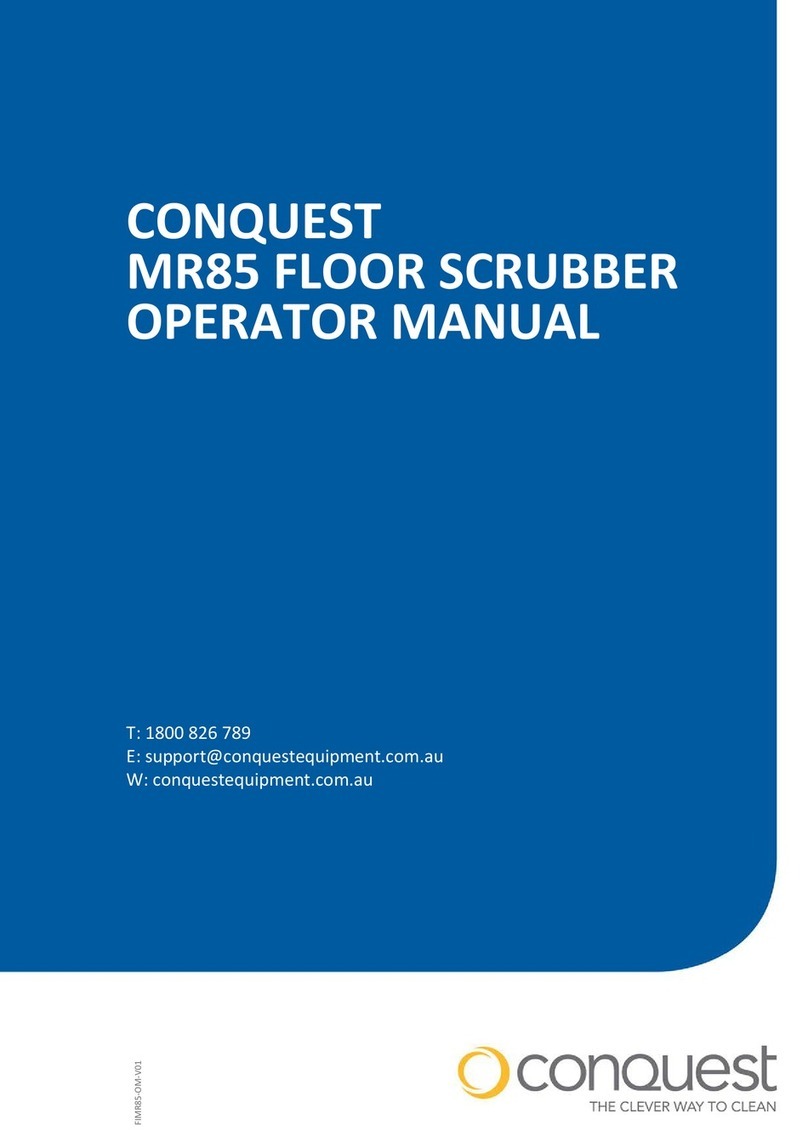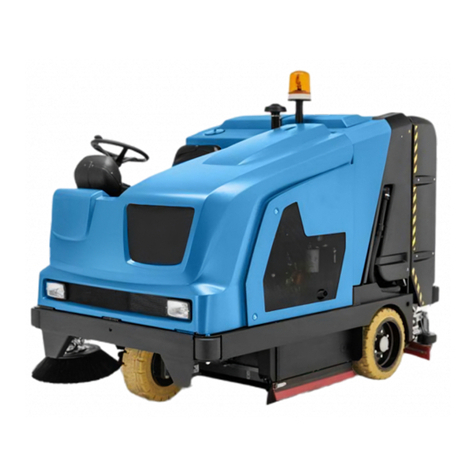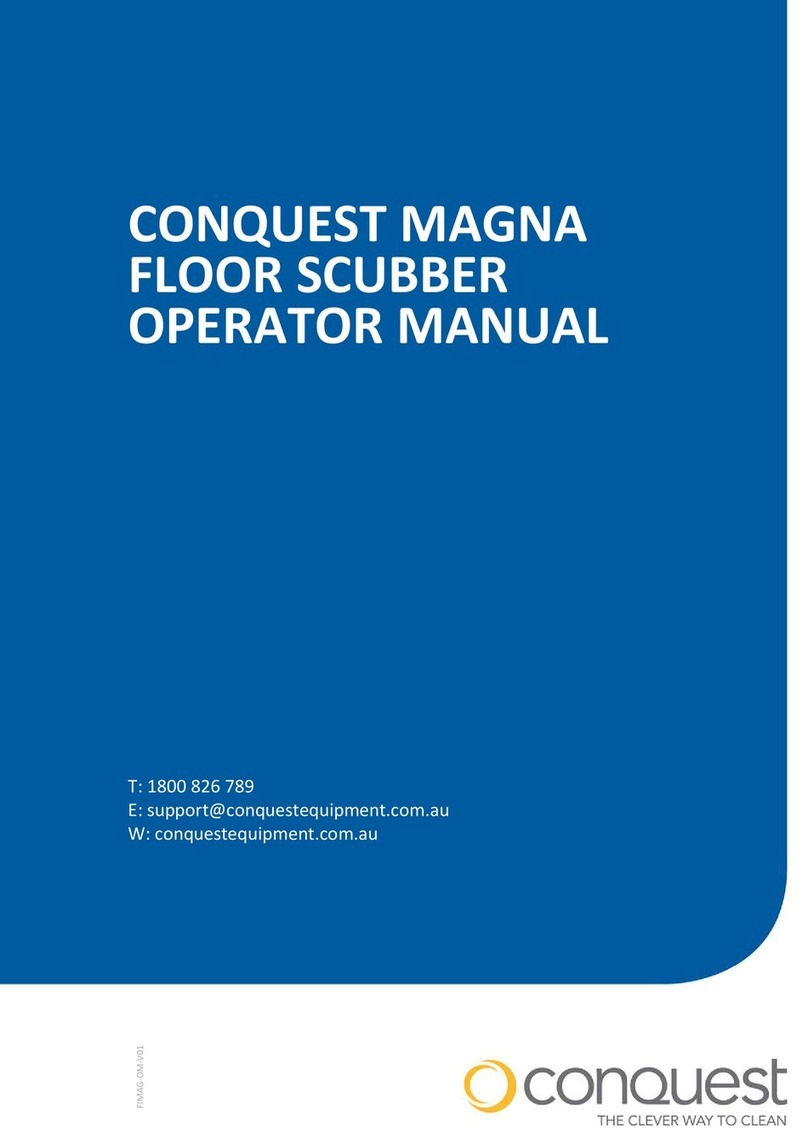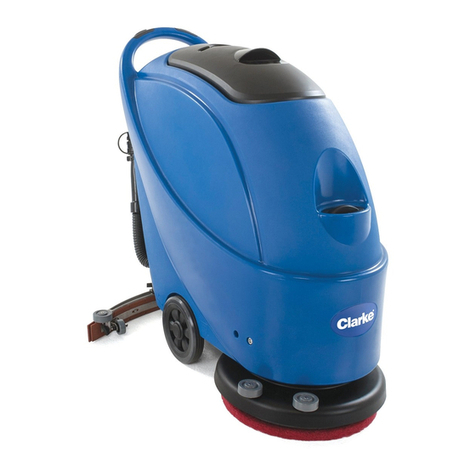
3
CONTENTS
ON CONSIGNMENT OF THE MACHINE..........................................................................................................................................................................................................................4
SERIAL NUMBER PLATE.................................................................................................................................................................................................................................................4
INTRODUCTION..............................................................................................................................................................................................................................................................4
INTENDED USE........................................................................................................................................................................................ERRORE. IL SEGNALIBRO NON È DEFINITO.
TECHNICAL DESCRIPTION ............................................................................................................................................................................................................................................5
TECHNICAL DESCRIPTION ............................................................................................................................................................................................................................................5
GENERAL SAFETY REGULATIONS................................................................................................................................................................................................................................8
MACHINE PREPARATION...............................................................................................................................................................................................................................................9
1. INTENDED USE....................................................................................................................................................................................................................................................................9
2. HANDLING THE PACKAGED MACHINE..............................................................................................................................................................................................................................9
3. HOW TO UNPACK THE MACHINE......................................................................................................................................................................................................................................9
MACHINE PREPARATION.............................................................................................................................................................................................................................................10
4. HOW TO MOVE THE MACHINE.........................................................................................................................................................................................................................................10
5. TYPE OF BATTERY (FOR B SYSTEM ONLY)................................................................................................................................................................................................................... 10
6. BATTERY MAINTENANCE AND DISPOSAL (FOR B SYSTEM ONLY)..............................................................................................................................................................................10
MACHINE PREPARATION.............................................................................................................................................................................................................................................11
7. FITTING/CONNECTION OF THE BATTERY (FOR SYSTEM B ONLY)..............................................................................................................................................................................11
MACHINE PREPARATION.............................................................................................................................................................................................................................................12
8. BATTERY CHARGER (FOR SYSTEM B ONLY).................................................................................................................................................................................................................12
MACHINE PREPARATION.............................................................................................................................................................................................................................................13
9. CONNECTION OF THE ELECTRICAL POWER SUPPLY CONNECTOR (FOR SYSTEM B ONLY).................................................................................................................................13
10. CHARGING THE BATTERY WITH BUILT-IN BATTERY CHARGER (OPTIONAL SYSTEM B ).......................................................................................................................................13
MACHINE PREPARATION.............................................................................................................................................................................................................................................14
11. BATTERY CHARGE LEVEL INDICATOR (SYSTEM B)....................................................................................................................................................................................................14
MACHINE PREPARATION.............................................................................................................................................................................................................................................15
12. HOUR COUNTER INDICATOR (OPTIONAL SYSTEM B).................................................................................................................................................................................................15
13. SOLENOID VALVE CONTROL SWITCH (OPTIONAL SYSTEM E).................................................................................................................................................................................. 15
14. INSTRUMENT PANEL COMPONENTS............................................................................................................................................................................................................................ 15
15. REAR COMPONENTS......................................................................................................................................................................................................................................................15
16. FRONT COMPONENTS....................................................................................................................................................................................................................................................16
17. ASSEMBLING THE SQUEEGEE...................................................................................................................................................................................................................................... 16
18. ADJUSTING THE SQUEEGEE INCLINATION..................................................................................................................................................................................................................16
MACHINE PREPARATION.............................................................................................................................................................................................................................................17
19. ADJUSTING THE SQUEEGEE HEIGHT...........................................................................................................................................................................................................................17
20. RECOVERY TANK............................................................................................................................................................................................................................................................ 17
MACHINE PREPARATION.............................................................................................................................................................................................................................................18
21. SOLUTION TANK / DETERGENT SOLUTION.................................................................................................................................................................................................................. 18
22. BASE SPLASH GUARD RUBBER ASSEMBLY (SINGLE BRUSH VERSION)................................................................................................................................................................. 18
MACHINE PREPARATION.............................................................................................................................................................................................................................................19
23. BASE SPLASH GUARD RUBBER ASSEMBLY (DUAL BRUSH VERSION)..................................................................................................................................................................... 19
24. BRUSH ASSEMBLY (SINGLE BRUSH VERSION).......................................................................................................................................................................................................... 19
25. BRUSH ASSEMBLY (DUAL BRUSH VERSION)..............................................................................................................................................................................................................20
26. REGULATING THE SOLUTION........................................................................................................................................................................................................................................20
MACHINE PREPARATION.............................................................................................................................................................................................................................................21
WORK............................................................................................................................................................................................................................................................................22
1.PREPARATION FOR WORK (SYSTEM B)..........................................................................................................................................................................................................................22
WORK............................................................................................................................................................................................................................................................................23
2.PREPARATION FOR WORK (SYSTEM E)..........................................................................................................................................................................................................................23
WORK............................................................................................................................................................................................................................................................................24
2. FORWARD MOVEMENTS..................................................................................................................................................................................................................................................24
3. OVERFLOW DEVICE..........................................................................................................................................................................................................................................................24
AT THE END OF THE WORK.........................................................................................................................................................................................................................................25
1. AT THE END OF THE WORK.............................................................................................................................................................................................................................................25
DAILY MAINTENANCE...................................................................................................................................................................................................................................................26
1. CLEANING THE RECOVERY TANK...................................................................................................................................................................................................................................26
2. CLEANING THE SUCTION FILTER....................................................................................................................................................................................................................................26
3. DISASSEMBLING AND CLEANING THE SQUEEGEE.......................................................................................................................................................................................................27
4. DISASSEMBLING THE BRUSH (SINGLE BRUSH BASE).................................................................................................................................................................................................. 27
4. DISASSEMBLING THE BRUSH (DUAL BRUSH BASE))....................................................................................................................................................................................................28
5. CLEANING OF THE SOLUTION DISCHARGE FILTER......................................................................................................................................................................................................28
WEEKLY MAINTENANCE..............................................................................................................................................................................................................................................29
1.CLEANING THE SQUEEGEE TUBE....................................................................................................................................................................................................................................29
2. CLEANING THE SOLUTION TANK ....................................................................................................................................................................................................................................29
3. REPLACING THE SQUEEGEE RUBBERS.........................................................................................................................................................................................................................30
TROUBLESHOOTING....................................................................................................................................................................................................................................................31
1. INSUFFICIENT WATER ON THEBRUSH..........................................................................................................................................................................................................................31
2. THE MACHINE DOES NOT CLEAN WELL......................................................................................................................................................................................................................... 31
3. THE SQUEEGEE DOES NOT DRY PERFECTLY...............................................................................................................................................................................................................31
4. EXCESSIVE FOAM PRODUCTION....................................................................................................................................................................................................................................31
6. ELECTRICAL FUSES AND THERMAL PROTECTIONS (SYSTEM E)...............................................................................................................................................................................31
DISPOSAL......................................................................................................................................................................................................................................................................32
CHOOSING AND USING THE BRUSHES......................................................................................................................................................................................................................33
EC DECLARATION OF CONFORMITY..........................................................................................................................................................................................................................34
EC DECLARATION OF CONFORMITY..........................................................................................................................................................................................................................35
